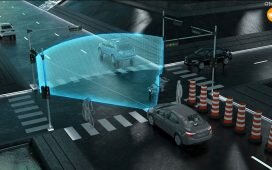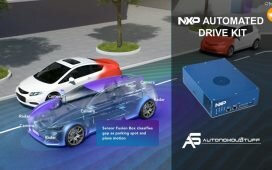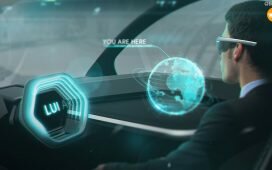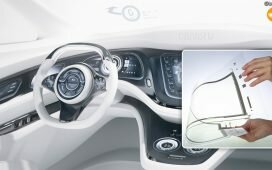> FROM OUR ARCHIVE

HMI
innovation mecom – Making-of HMI Bosch-Showcar CES 2017
CGI 3D
in computer graphics by Paul Hellard
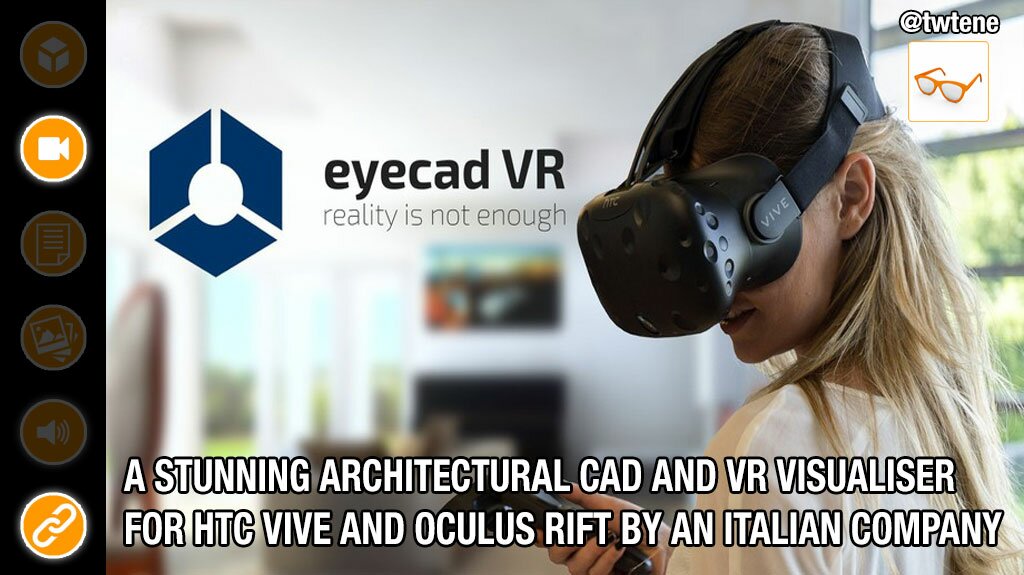
CGI 3DSoftware ReviewsVirtual Reality
A stunning Architectural CAD and VR visualiser for HTC Vive and Oculus Rift: a unique approach to design and visualization by an Italian company to share projects via desktop or mobile app
Software ReviewsWearable technolgies
& SenseMe :low power combo solution for wearables goo.gl/uqa7R2

HMIVehicles Design
BMW Mobility for Millennials: As vehicle ownership is predicted to drop, the modern consumer is embracing new mobility services based around vehicle and ride sharing.
CGI 3DVirtual Reality
with a touch of and a Dash of Redirection at
ArchitectureEventsIndustrial Design
3D PrintArchaeologyArchitectureGeomaticsLidar/3D Scanning
Drones
Means for Ag Market www.dji.com
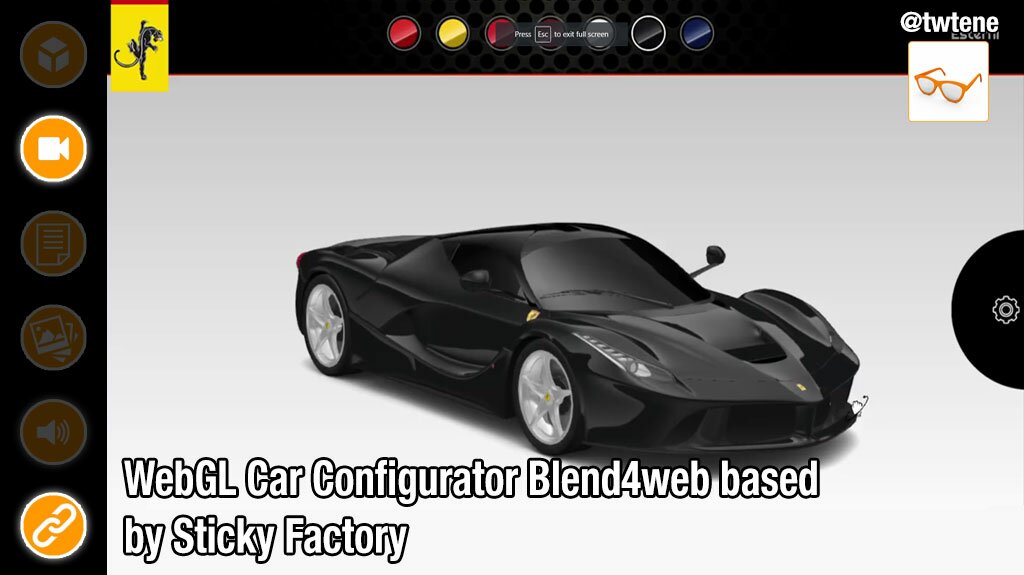
CGI 3DVehicles DesignVirtual Reality



